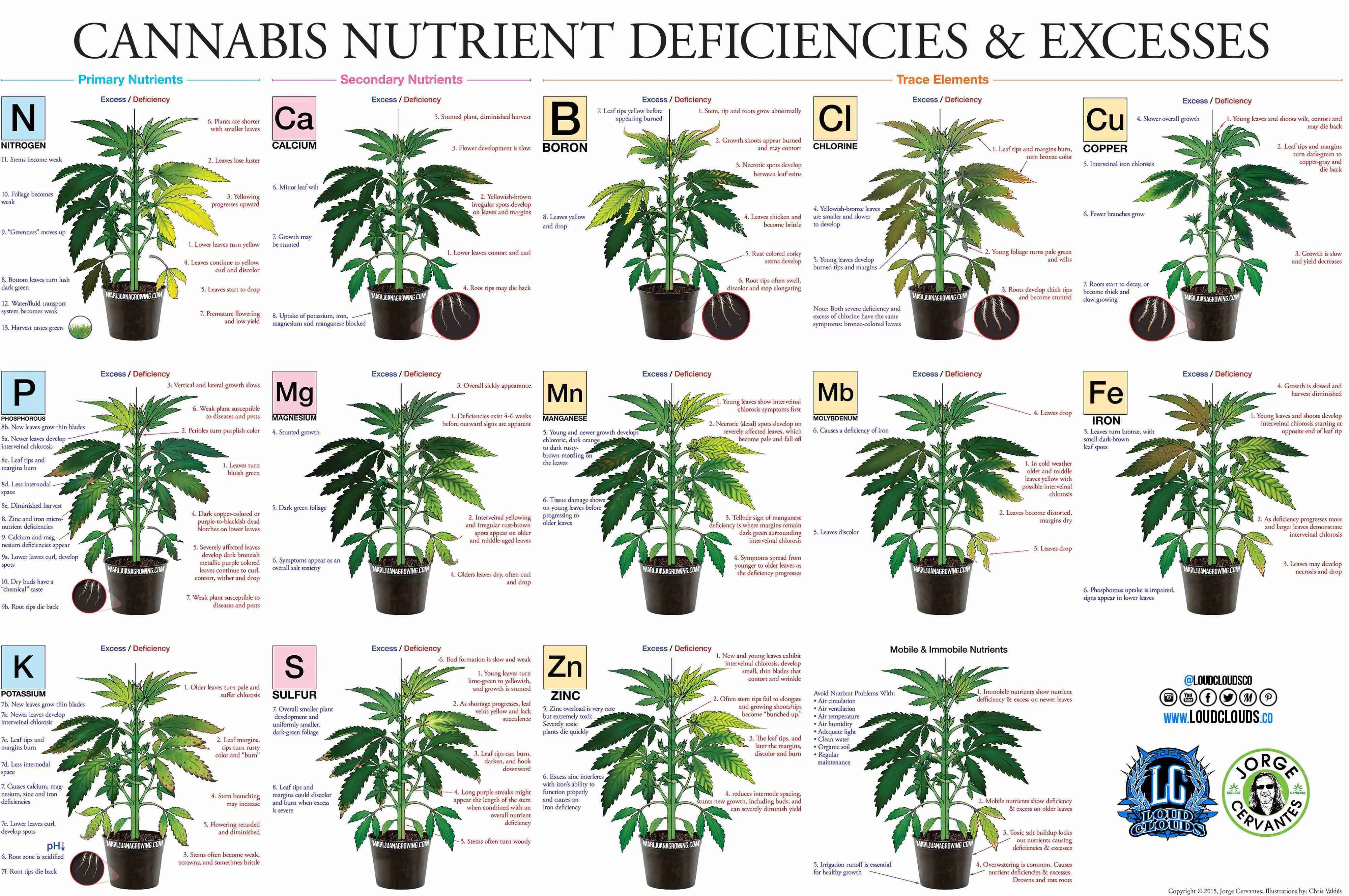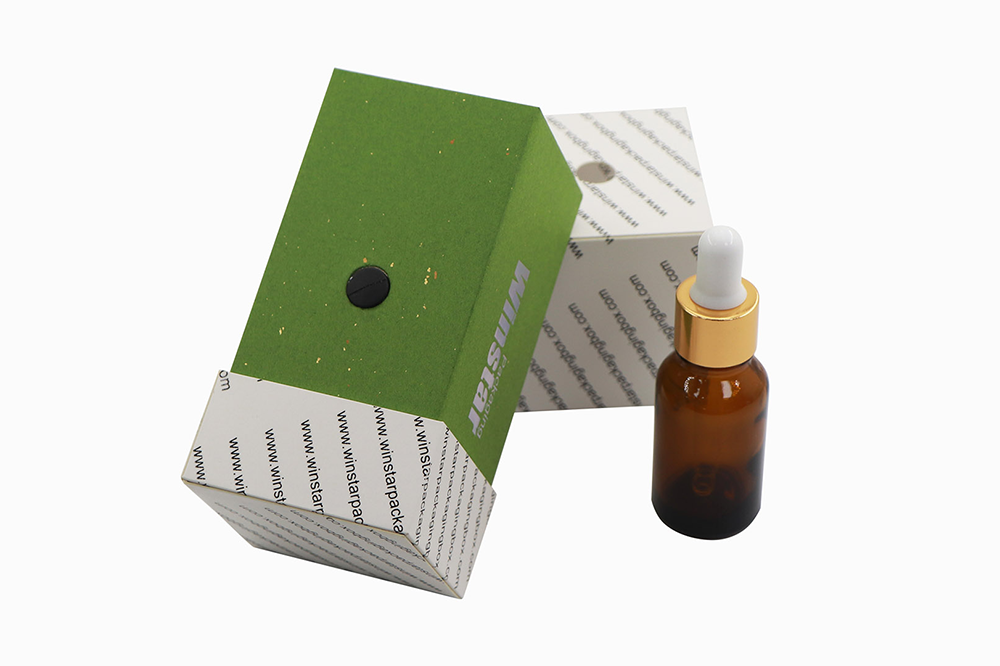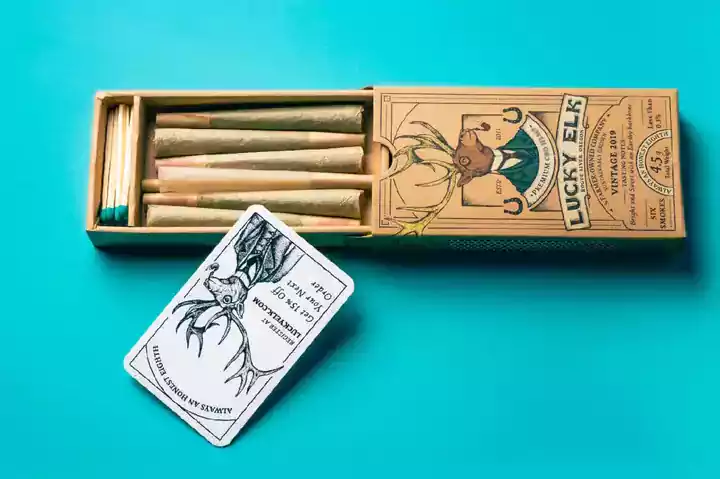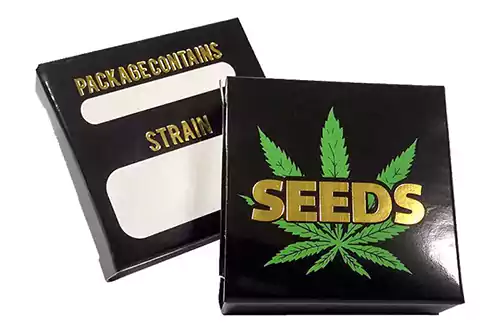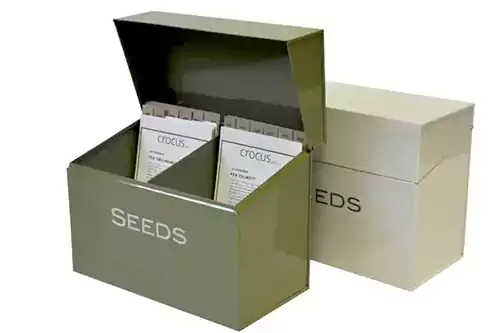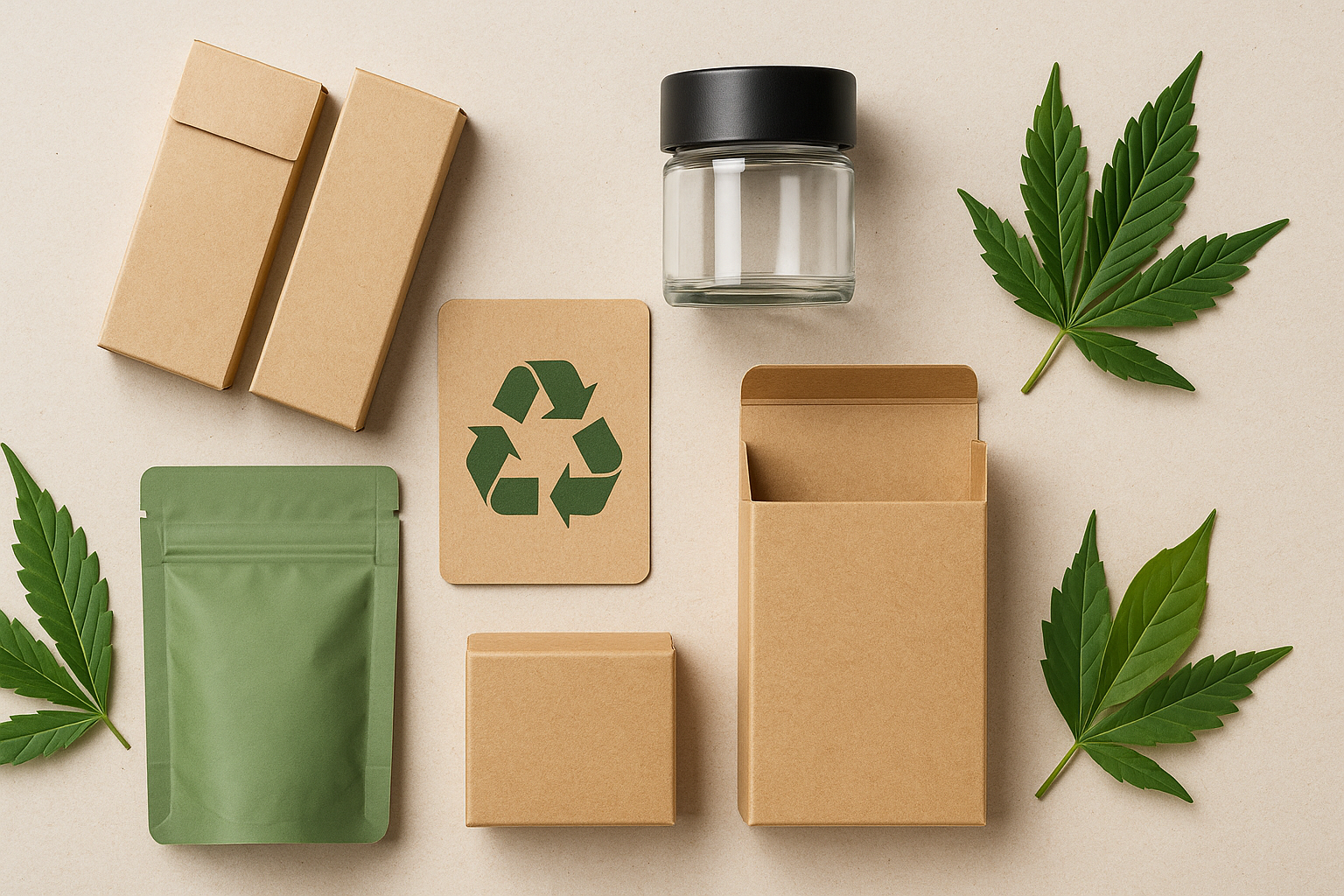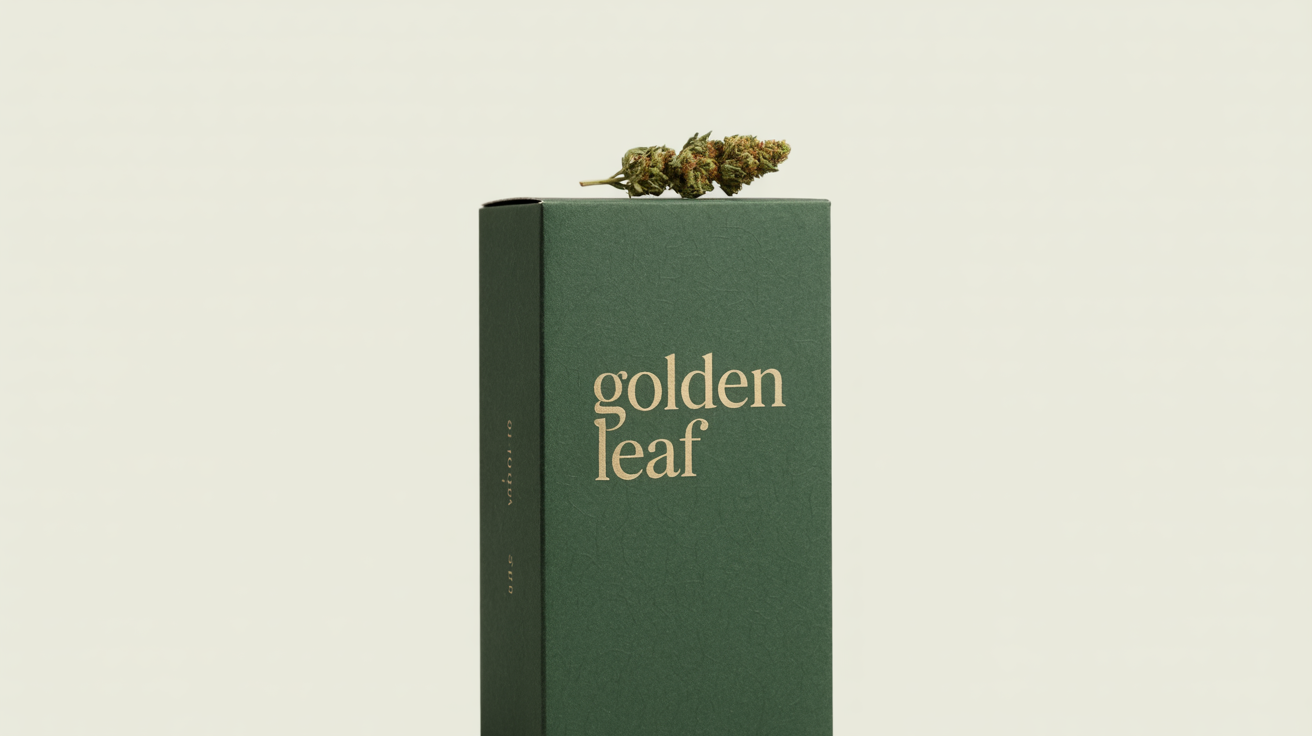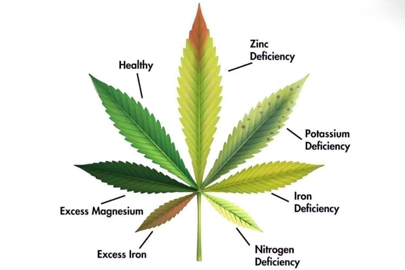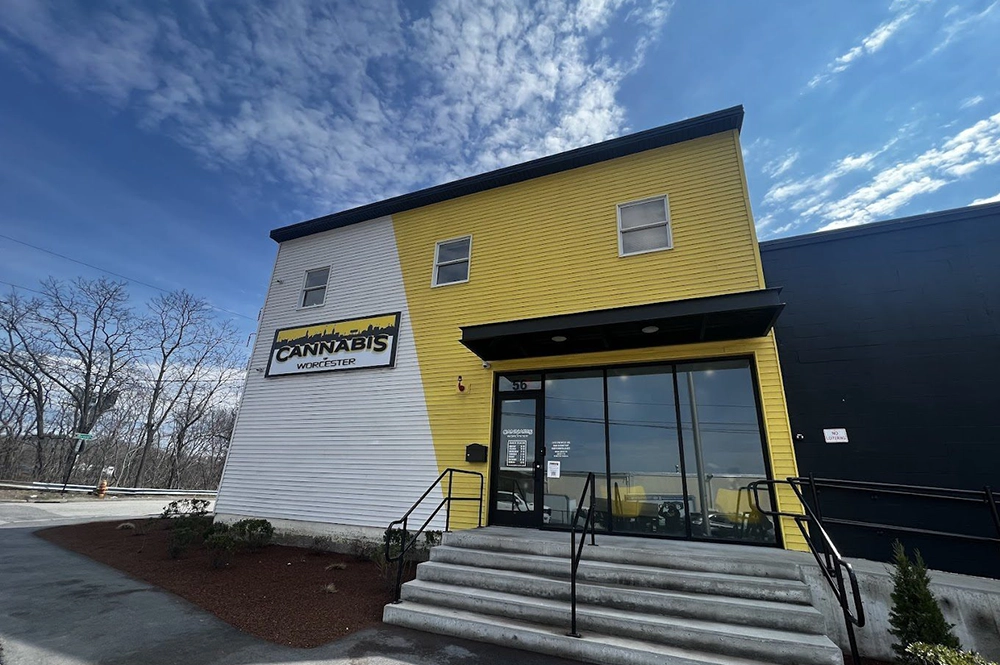Cannabis plants, like all living organisms, require certain nutrients to thrive. When these nutrients are lacking, the plants can exhibit a range of symptoms. This guide will walk you through the most common deficiencies found in cannabis plants, the signs to look for, and how to correct them.
1. Nitrogen Deficiency
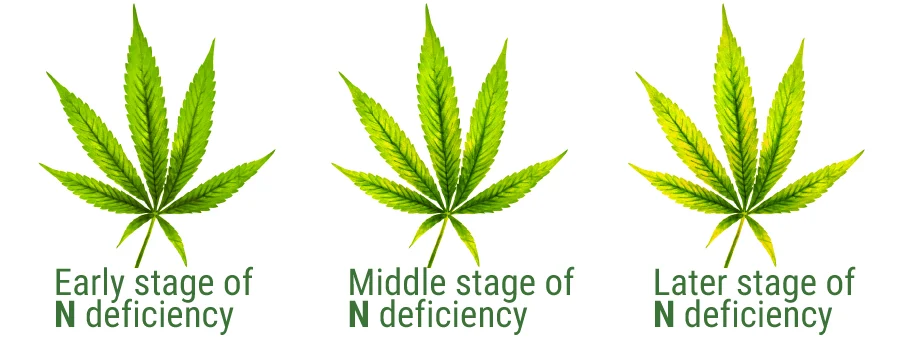
Nitrogen is essential for photosynthesis and overall growth. A nitrogen deficiency typically manifests as yellowing leaves, starting from the bottom of the plant and moving upwards. To correct this, add a nitrogen-rich fertilizer to your feeding schedule.
2. Phosphorus Deficiency
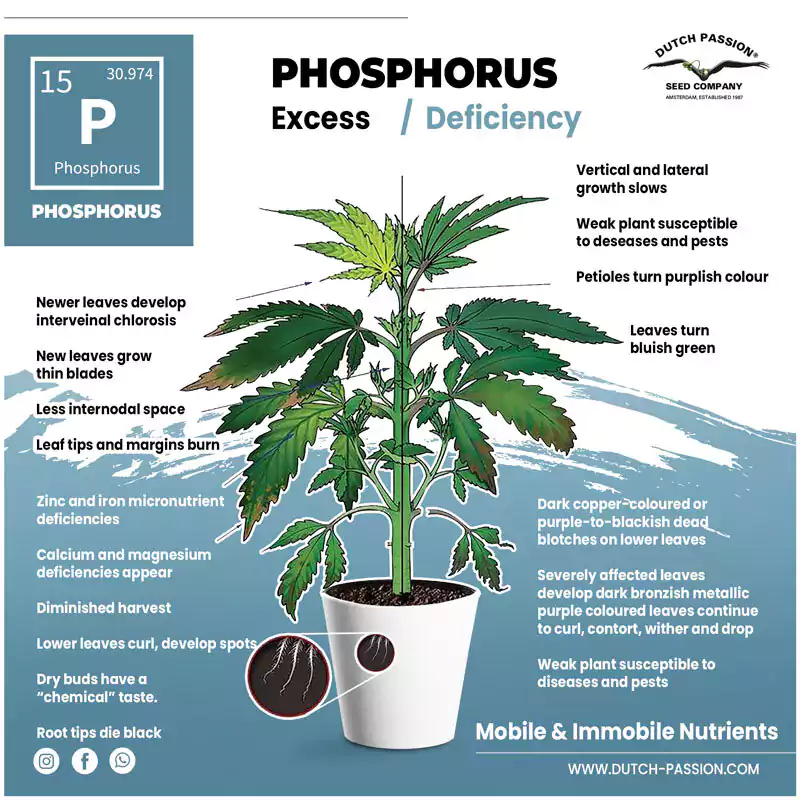
Phosphorus is crucial for root and flower development. A phosphorus deficiency can lead to dark, purple-tinged leaves and stunted growth. To fix this, apply a phosphorus-rich fertilizer, ensuring it is pH-balanced to optimize absorption.
3. Potassium Deficiency
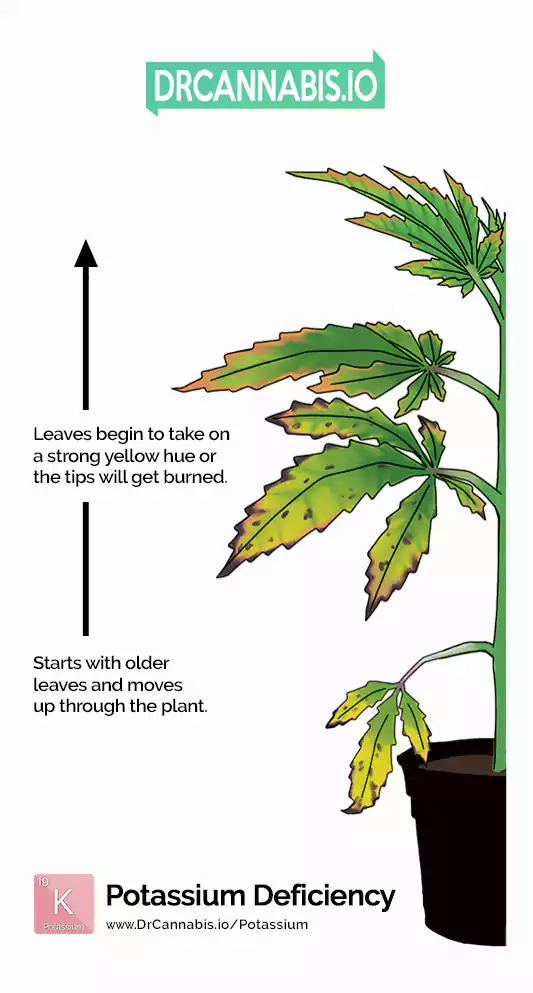
Potassium is vital for the regulation of water and nutrient movement within the plant. A potassium deficiency might show as yellowing leaf edges and tips, often accompanied by curling. To address this, use a balanced, high-potassium nutrient mix.
4. Calcium Deficiency
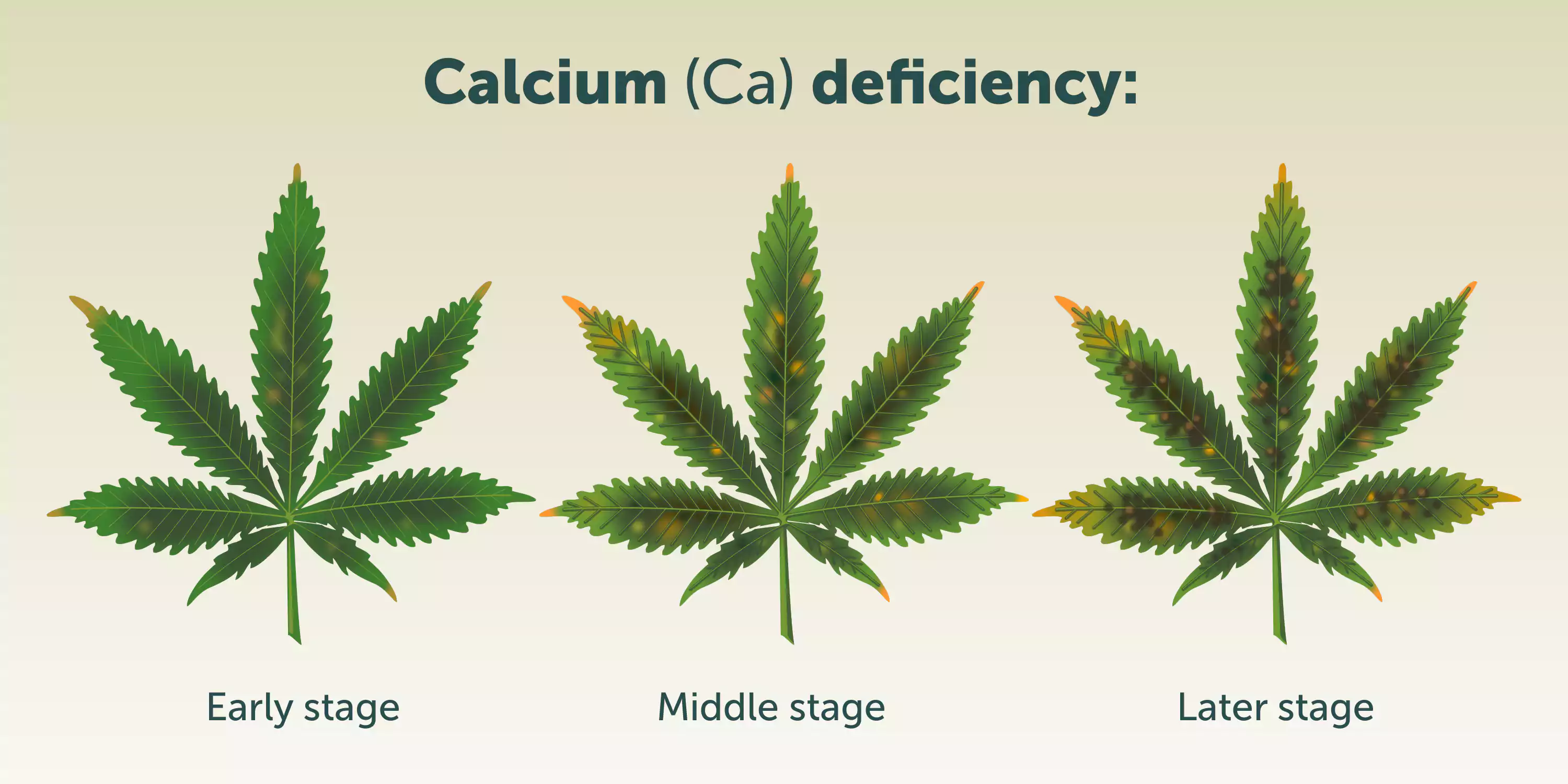
Calcium is required for cell wall development and growth. A calcium deficiency may present as distorted growth and brown spots on leaves. To correct this problem, add a calcium-magnesium supplement to your feeding regimen.
5. Magnesium Deficiency
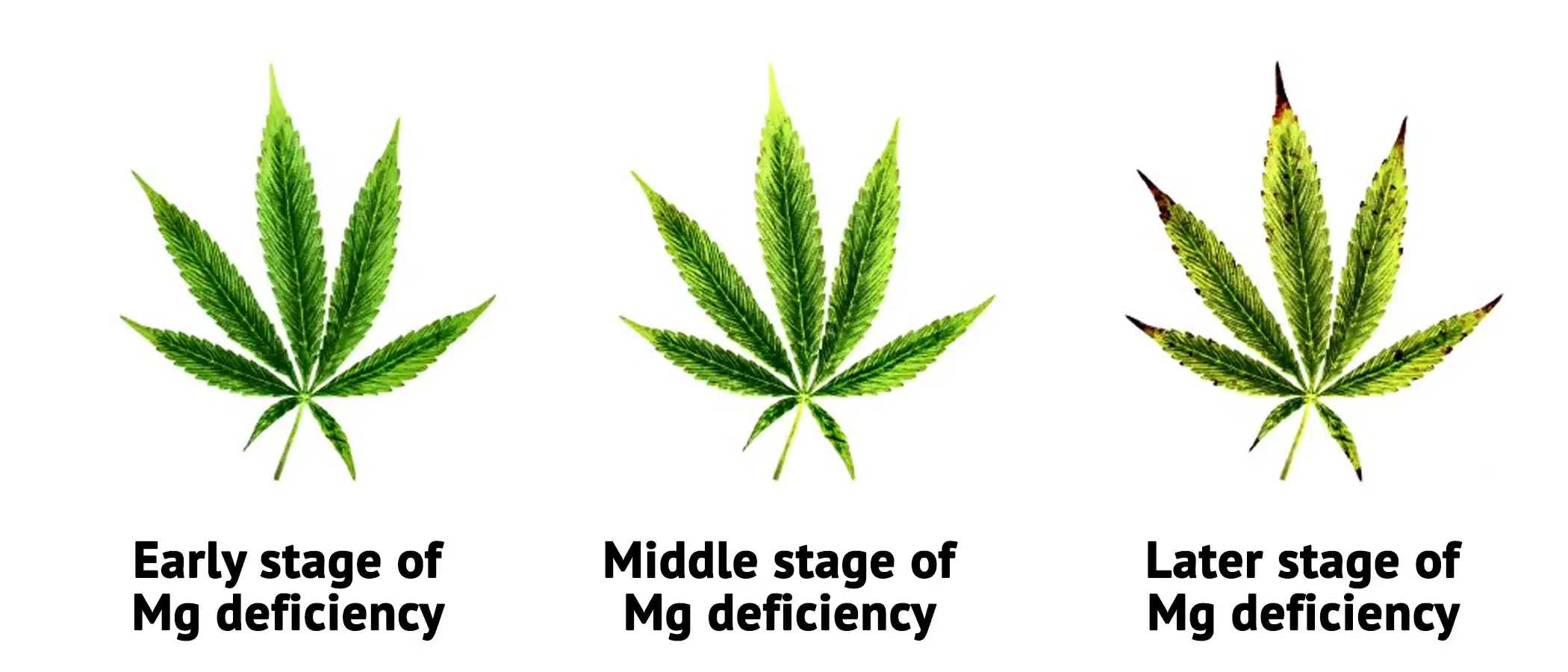
Magnesium is a component of chlorophyll, essential for photosynthesis. A magnesium deficiency often appears as yellowing leaves with green veins. To fix this, add Epsom salts (a source of magnesium) to your nutrient solution.
Remember, the key to correcting nutrient deficiencies is to catch them early and adjust your feeding regimen accordingly. Over time, you'll develop a keen eye for spotting these issues and ensure your plants stay healthy and productive.
Cannabis Deficiency Chart
(The image is too large, please right click and save to view)
